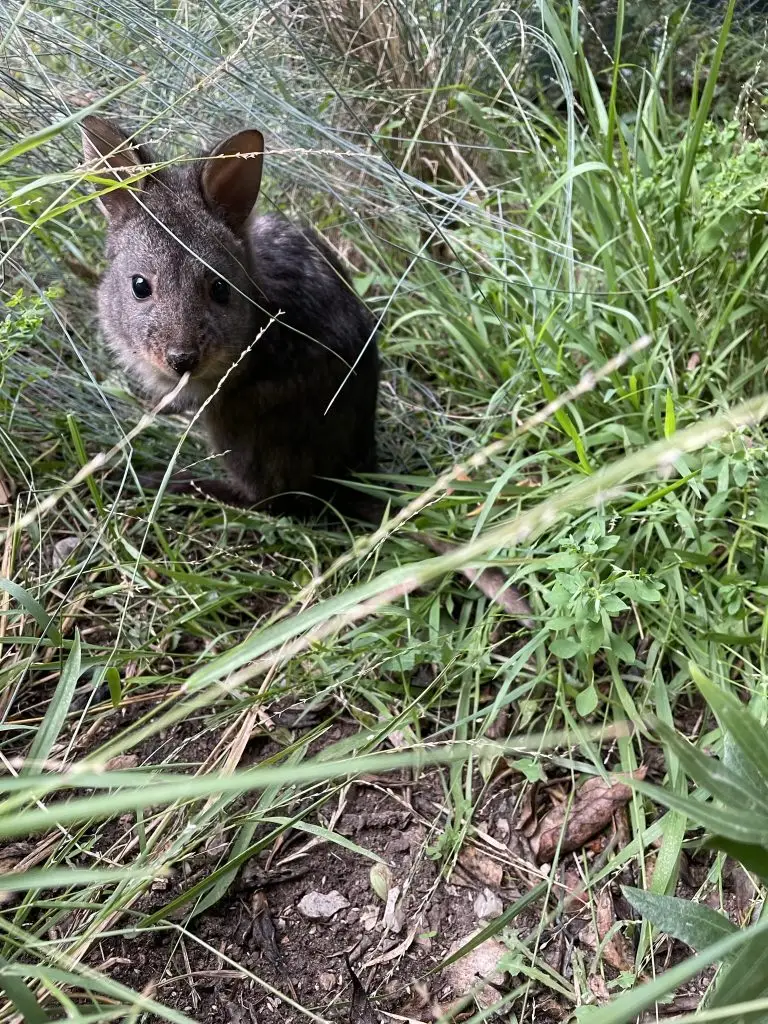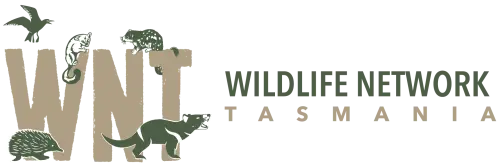Wildlife Rescuer
Every wildlife rescue starts with a kind person who cares—and that could be you.
Wildlife Rehabilitator
Give injured and orphaned wildlife a second chance.
Wildlife Mentor
Your experience can change lives—animal and human.
Landowner Release
Wildlife release is the final and most important stage of rehabilitation.
Become a Wildlife Rescuer
You don’t need special skills or experience—just, over 17yrs old with a car licence, a big heart, and a willingness to help.
Bonorong’s 24 hr Wildlife Rescue offers free online training to everyday Tasmanians who want to make a real difference to animals in need.
Whether you’re ready to join the rescue network or just want to be prepared for the next time you see an animal in trouble, this is a powerful way to contribute.
Every rescue counts—and so do you.
Ready to learn more or sign up?
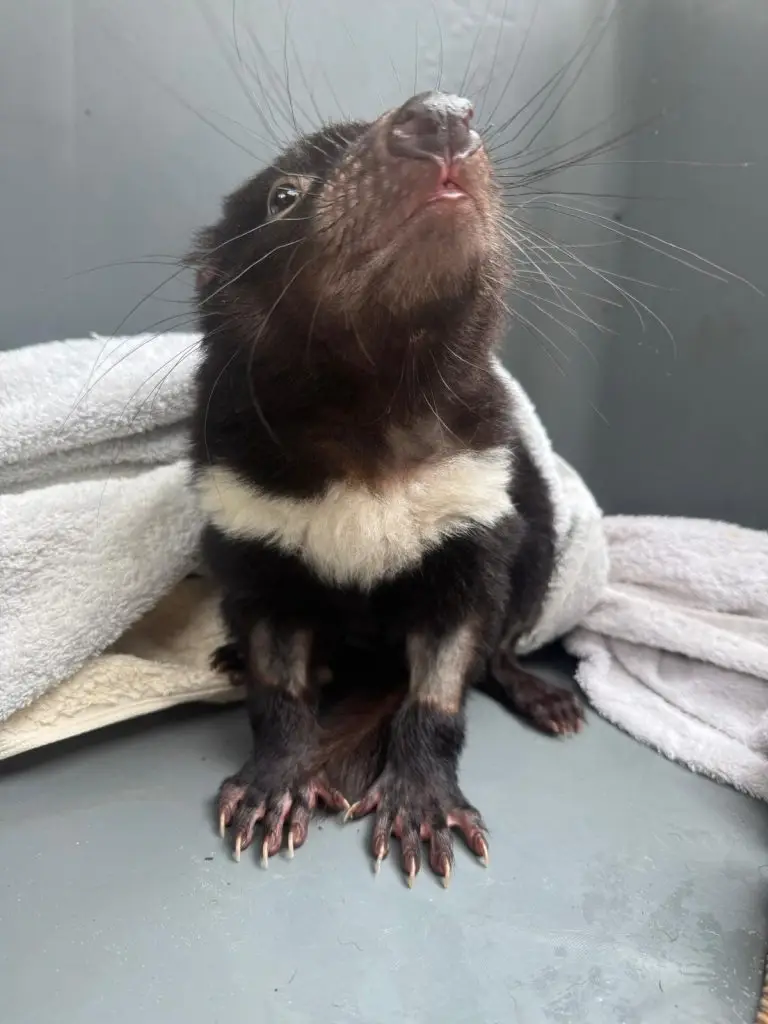
Become a Wildlife Rehabilitator
Give injured and orphaned wildlife a second chance.
Tasmania’s wildlife needs you more than ever. Every day, native animals are orphaned or injured due to road accidents, pet attacks, or environmental threats—and we need passionate individuals like you to help them recover and return to the wild.
What’s Involved?
Wildlife rehabilitation is a deeply rewarding journey.
It comes with challenges—round-the-clock care, emotional ups and downs, and personal investment—but nothing compares to the joy of releasing an animal back into its natural home.
Join a Community That Cares
As a rehabilitator, you’ll be part of a supportive network where knowledge is shared, friendships are built, and every effort counts toward a better future for our wildlife.
We’re here to guide you every step of the way. Here’s how to get started:
- Complete Training
Learn the essentials through an approved wildlife rehabilitation course. - Set Up Your Space
Build or prepare an appropriate enclosure and gather necessary supplies. - Register with NRE Tasmania
Submit your Wildlife Rehabilitation Application and Permit form. - Find a Mentor
Connect with experienced carers who can guide you on your journey. NRE can help you with this. - Download the Xmatters App
Get alerts, support, and stay connected with the wildlife care network. You will need log in details from WIRES.
Ready to start making a difference?
Take your first step toward becoming a wildlife rehabilitator today. Together, we can create a stronger, more compassionate future for Tasmania’s native animals.
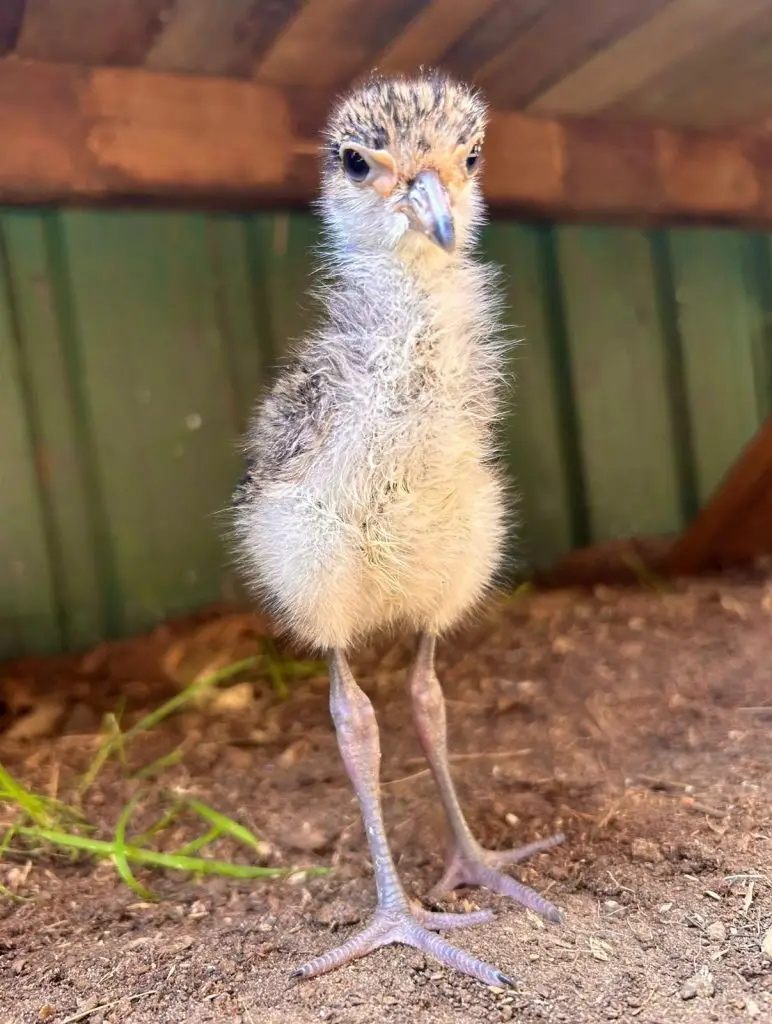
Become a Wildlife Mentor
Your experience can change lives—animal and human.
Mentorship is one of the most powerful ways to give back to Tasmania’s wildlife.
By guiding new rehabilitators, you help shape the future of animal care and ensure the next generation has the support, knowledge, and confidence to succeed.
As a mentor, your influence spans from the first bottle feed to the joyful moment of release—and every lesson in between.
What Makes a Great Wildlife Mentor?
- Proven wildlife rehabilitation experience
- Kind, clear communication and strong interpersonal skills
- Patience and flexibility with different learning styles
- Passion for conservation and volunteer empowerment
- A willingness to keep learning and growing
Why Mentor?
Mentoring is not just about teaching—it’s about growing, connecting, and giving back. It’s a chance to:
- Share and strengthen your own expertise
- Empower new carers to thrive
- Strengthen our sector’s long-term resilience
- Build a more connected and collaborative wildlife community
Shape the Future of Wildlife Care
If you’re an experienced rehabilitator with a heart for guidance, becoming a mentor is one of the most meaningful roles you can take on.
Together, we can ensure every new carer feels supported—and every animal receives the best possible care.
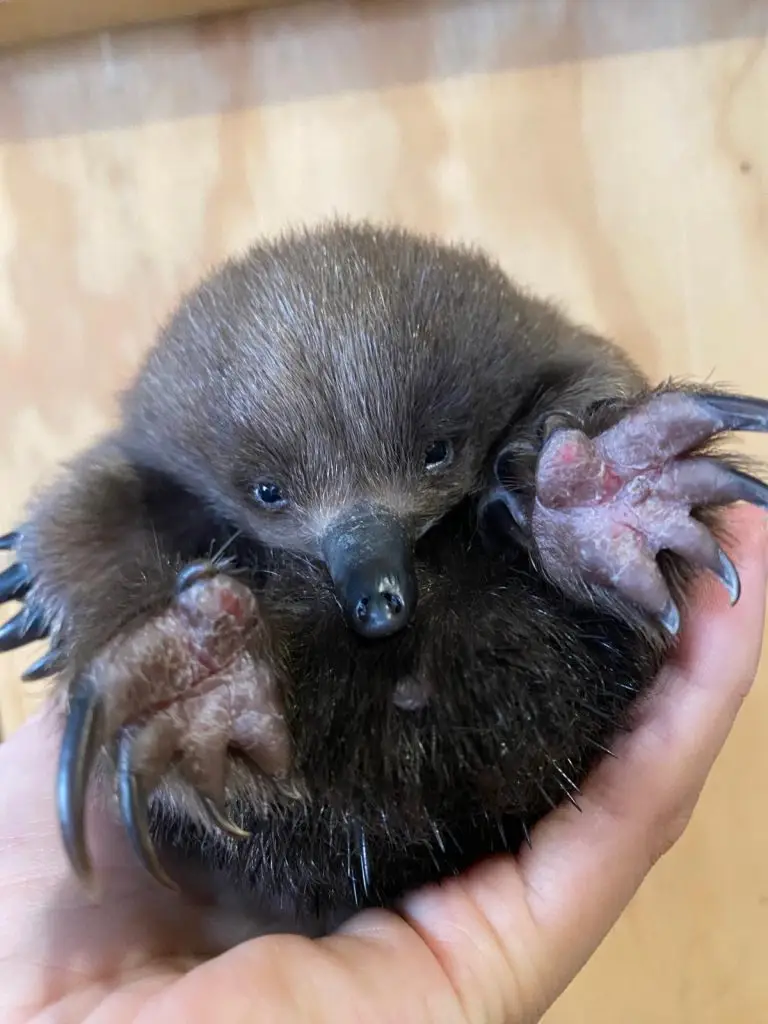
Is My Property Suitable for Wildlife Release?
Wildlife release is the final and most important stage of rehabilitation. The right environment can mean the difference between survival and struggle.
What makes a property suitable?
- Habitat – Areas of bushland, understory, hollows, rock piles, or waterways that provide natural food and shelter.
- Size & Connectivity – Larger properties or those linked to bush corridors are ideal, but even smaller blocks may be suitable for some species, especially if they connect to safe habitat.
- Predator Control – Minimal risk from roaming cats and dogs. Domestic pets must be contained during release periods.
- Safety – No poisons (e.g. 1080, rodenticides, pesticides) and minimal hazards such as unsafe fencing or netting.
- Low Disturbance – No hunting activity, and quiet areas with little vehicle traffic, machinery use.
- Access – Safe and practical access for wildlife rehabilitators to release animals.
Release types
- Hard release – Animals are released directly into habitat with no ongoing support.
- Soft release – Animals are released gradually, with short-term food, water, or shelter support to help them adjust.
